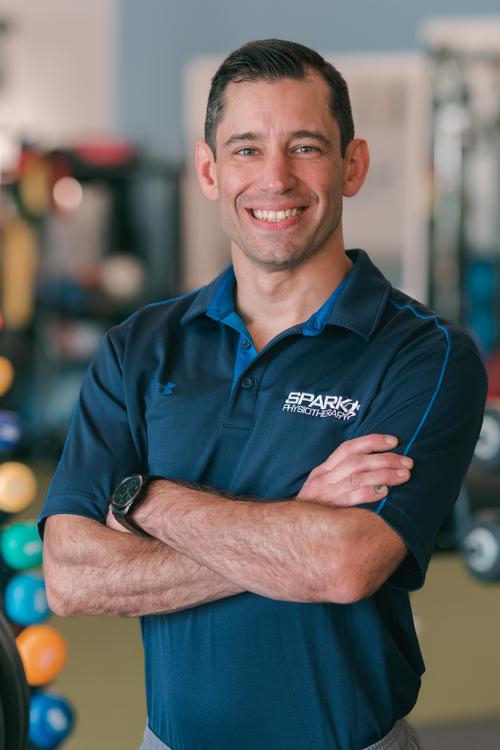SPARK's approach to BJJ physiotherapy
Brazilian Jiu Jitsu (BJJ) is a fun and challenging way to improve your confidence, your health, and become an overall stronger grappler. But BJJ athletes are not immune to performance-related pain and injury.
Our approach with BJJ athletes centers around our knowledge of on-mat demands that grapplers face in addition to the many common presentations, like “grappler’s neck”, that we have developed effective programming to eliminate.
No matter the level, our Northern Virginia sports physical therapist adds, all grapplers need to spend time and effort to bulletproof themselves against common injuries as well as to get ahead of older injuries that can sap your performance and lead to other issues.
Here are some important things to keep track of when working with BJJ enthusiasts: ![BJJ brazilian physical training]()
Injury Treatment/Prevention: Decrease your overall injury risk by spending time working on strength and flexibility that is SPECIFIC to your game. The ways to exercise are numerous, but the number of exercises each of us should be doing, is far less. If you can be efficient in the weight room or the gym, you can save the rest of your time to train.
Movement Screening: Untreated or undertreated injuries always play a large role in your overall progress. After all, if your body is constantly compensating for weakness or loss of range of motion in one area, the other areas of your body will run out of steam even sooner! Get a sense of old aches and pains that are stopping you from moving freely.
A comprehensive movement screening test can help identify any imbalances or deficiencies in a person's movement patterns, which can lead to injuries.
Soft Tissue Mobilization: Soft tissue mobilization techniques, such as massage, foam rolling, and stretching, can help improve your mobility, body awareness, and allow you to work slowly toward larger ranges of motion that would be useful on the mats. Keeping an eye on your soft tissue mobility can reduce injury risk and improve recovery time after training.
Joint Mobilization: Joint mobilization techniques can help improve joint range of motion and reduce pain and stiffness, which can be helpful for people recovering from joint injuries.
Plyometric Training: Plyometric exercises involve rapid, explosive movements that can help improve speed, power, and agility, which can be useful for Brazilian Jiu Jitsu enthusiasts who want to improve their performance and reduce the risk of injury.
Core Stability Training: Core stability exercises can help improve balance and stability, which can be helpful for reducing the risk of injury during training and competition.
Overall, a comprehensive treatment approach that focuses on the SPECIFIC issue each grappler is having PLUS the on-board injury history PLUS new or acute pain problems EQUALS proven and effective plans to keep grapplers on the mat and off the training room table.

.png)




